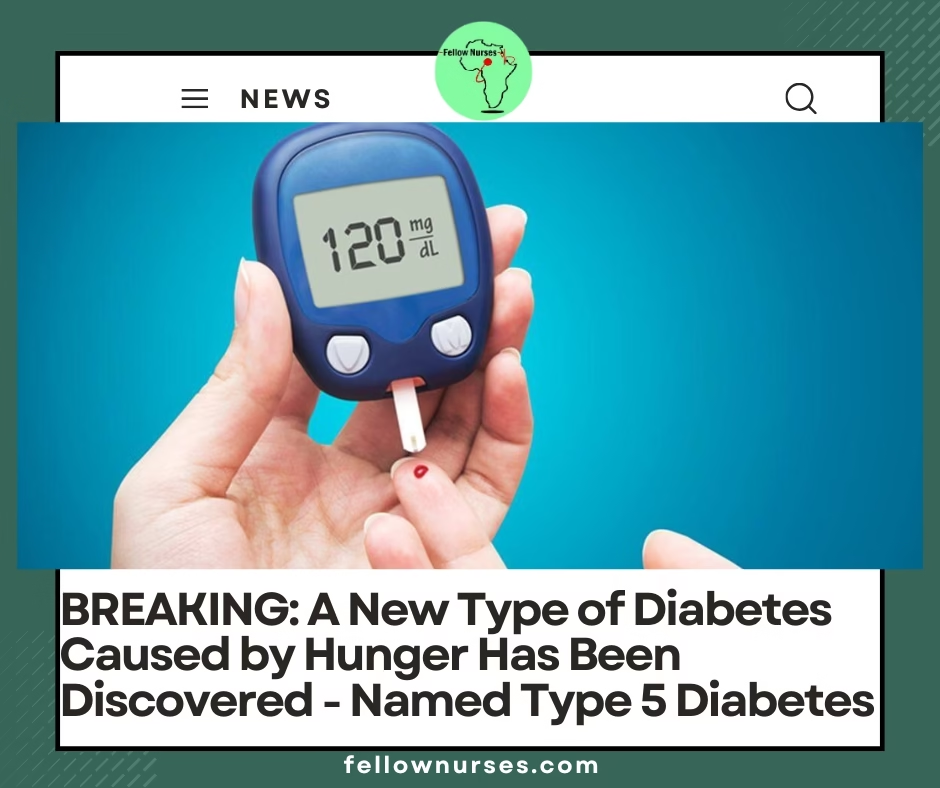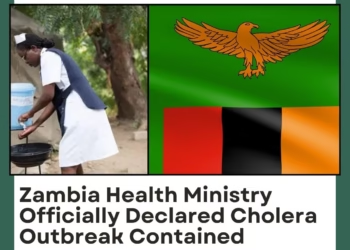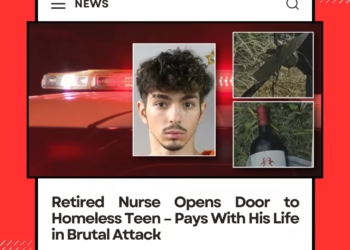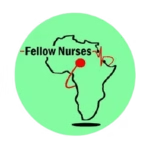Fellow Nurses Africa | Lagos, Nigeria | 25 September, 2025

Scientists just officially recognized “Type 5 Diabetes” and it’s caused by not having enough food, not having too much.
This changes everything we thought we knew about diabetes.
While we typically associate diabetes with overeating and obesity, researchers have now officially classified a form that comes from the exact opposite – chronic hunger and malnutrition during childhood.
Who it strikes: Lean, underweight teenagers and young adults, primarily in developing nations where food scarcity is common. These patients look nothing like the “typical” diabetic.
Years of inadequate nutrition during crucial growing years damages the pancreas’s ability to produce insulin. The result? Severe diabetes in people who never had “too much” of anything.
The International Diabetes Federation just voted in April 2025 to make this official. That means:
- Better diagnosis for thousands of misunderstood cases
- Targeted treatment protocols
- Research funding for forgotten communities
- A complete shift in how we think about diabetes globally
We live in a world where some people get diabetes from having too much food, while others get it from having too little. Same disease, completely opposite causes.
Here’s what should terrify AND motivate you:
- Childhood malnutrition literally rewires your pancreas for life
- The damage often happens before age 10 – when kids have zero control over what they eat
- Once established, this form of diabetes is particularly aggressive and hard to treat
- It’s preventable, but only if we act during those critical early years
If you’re a parent: Every meal you put in front of your child is literally programming their metabolic future. Consistent, adequate nutrition isn’t just about growth – it’s diabetes prevention at the cellular level.
If you’re not: This discovery proves nutrition isn’t optional. Your body keeps a detailed score of everything you feed it (or don’t feed it), and sometimes that bill comes due decades later.
For decades, young people in food-insecure regions were either misdiagnosed or their condition was poorly understood. Now they finally have recognition, a name, and hope for better treatment.
The Conversation We Need to Have:
Could there be other “hidden” diseases caused by nutritional gaps we haven’t connected yet? If hunger can literally break your insulin system, what else is malnutrition quietly destroying in growing bodies?
The diabetes story just got a lot more complicated – and a lot more human.
Source: International Diabetes Federation official classification, April 2025 Note: Some researchers continue to study and debate aspects of this classification










